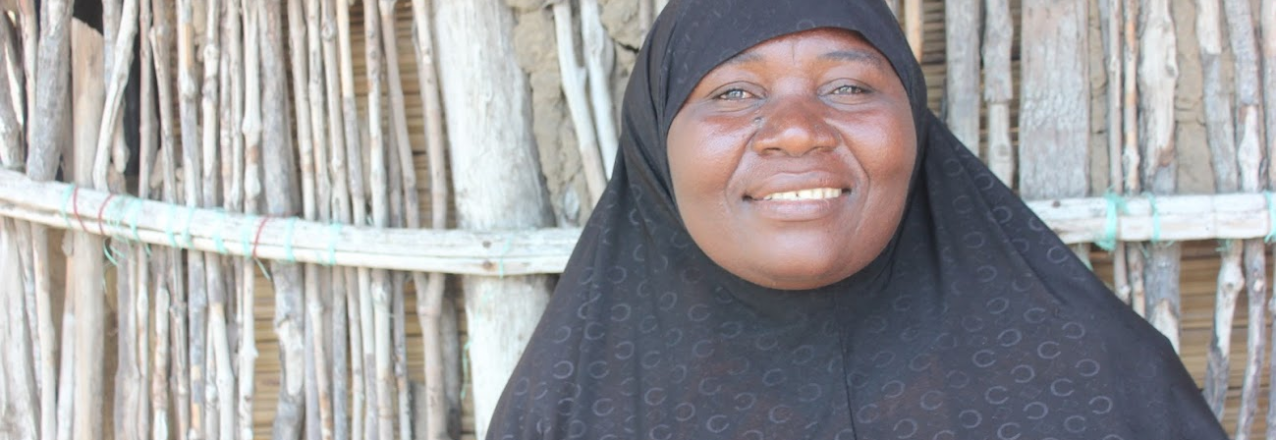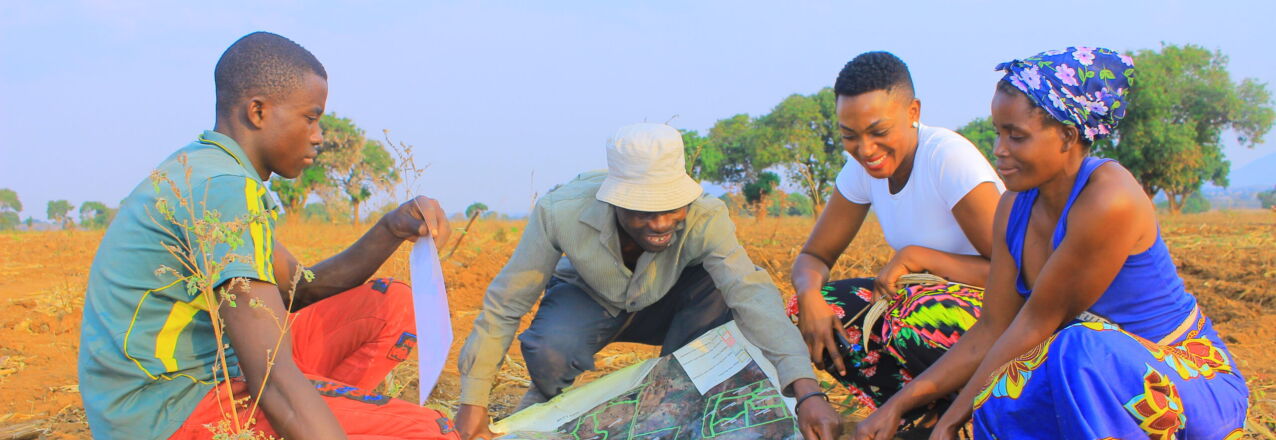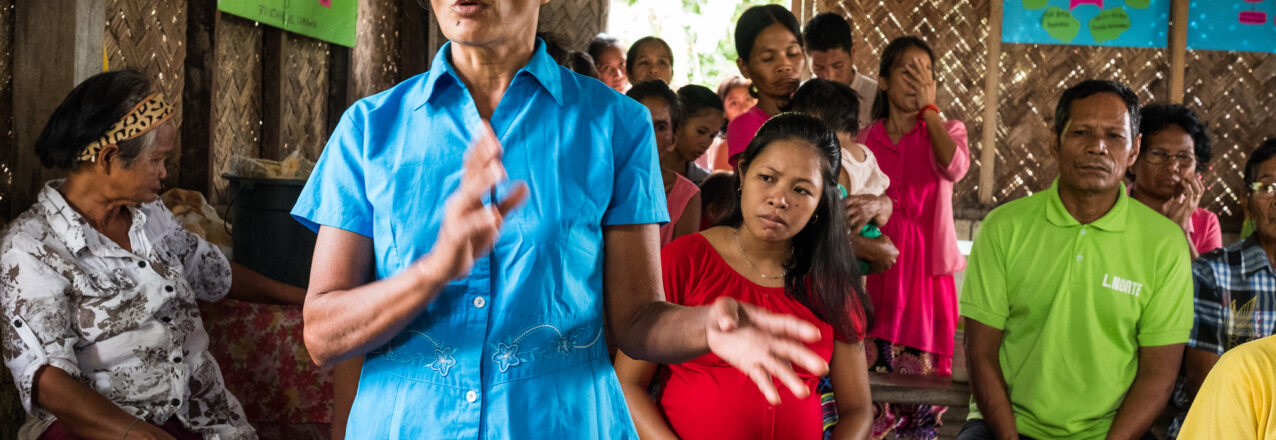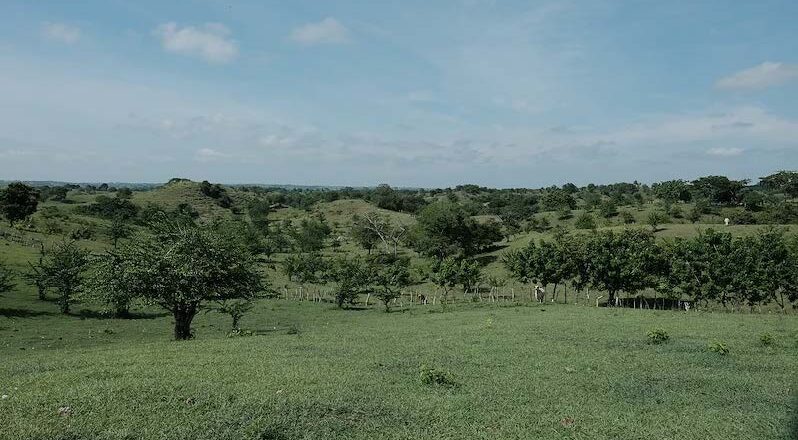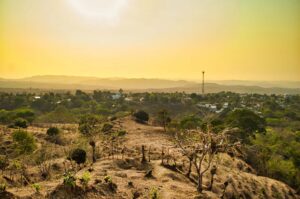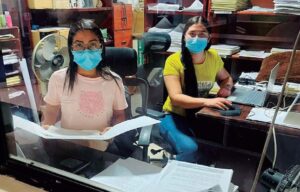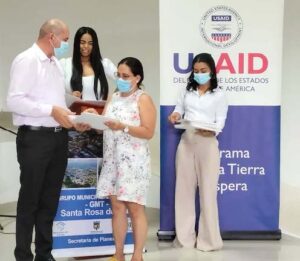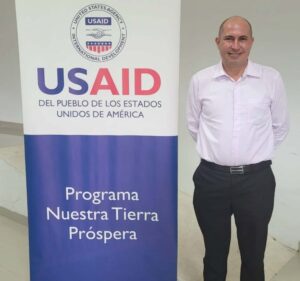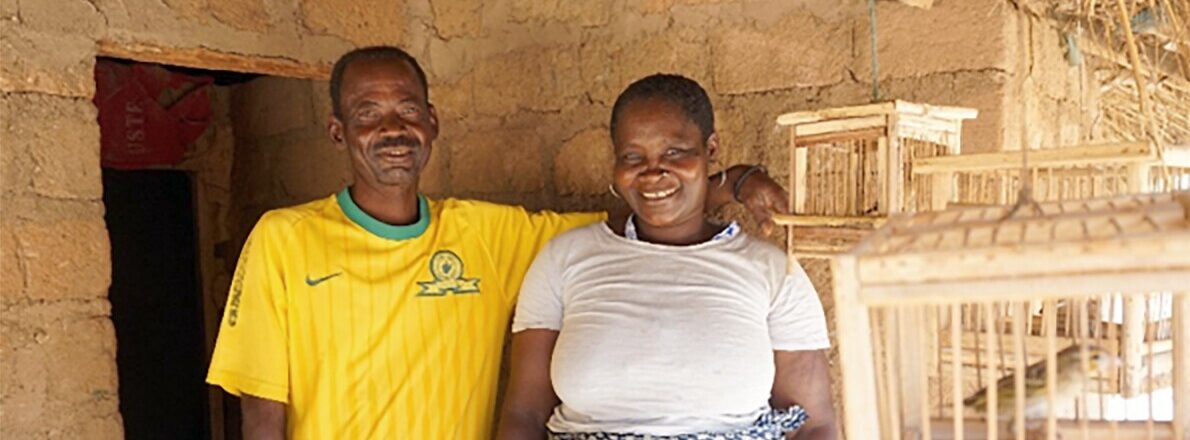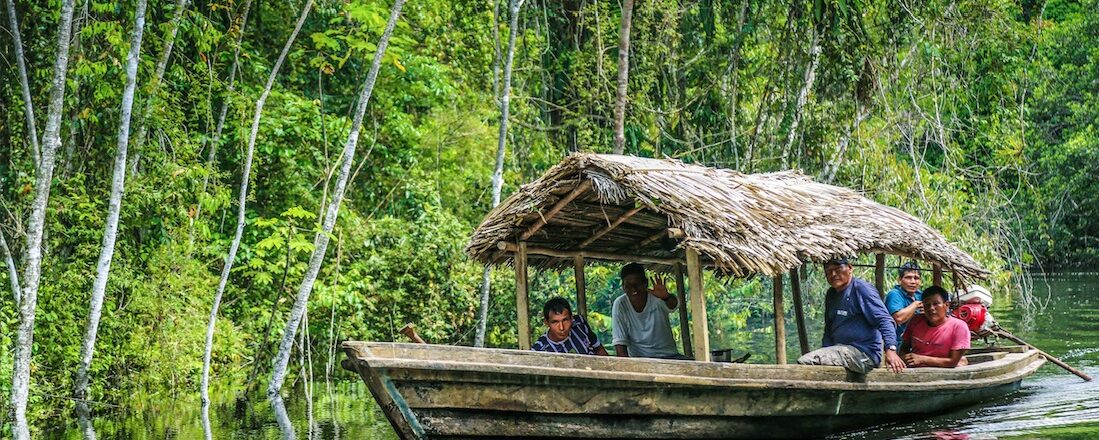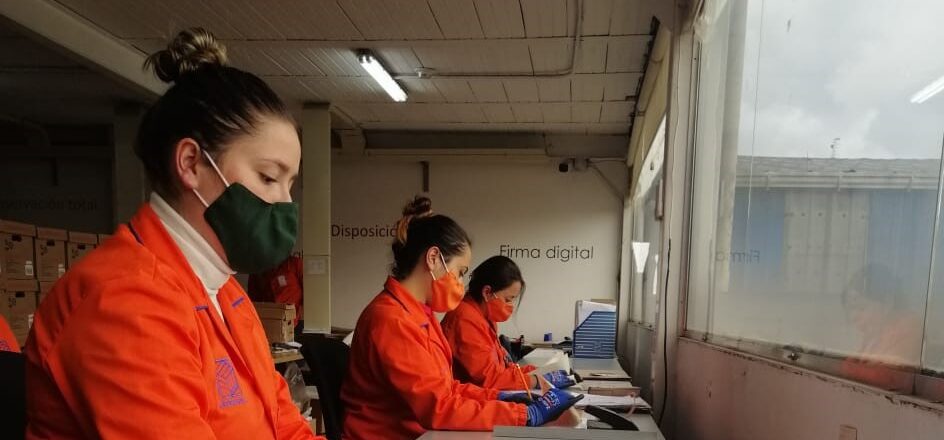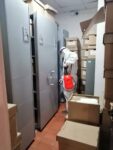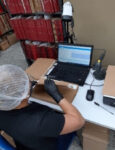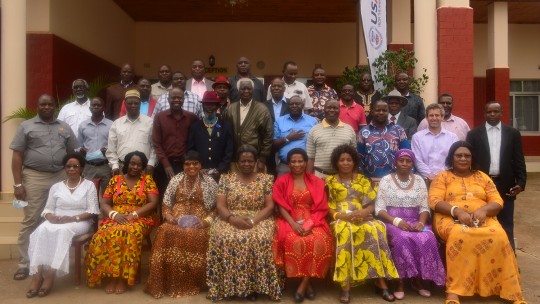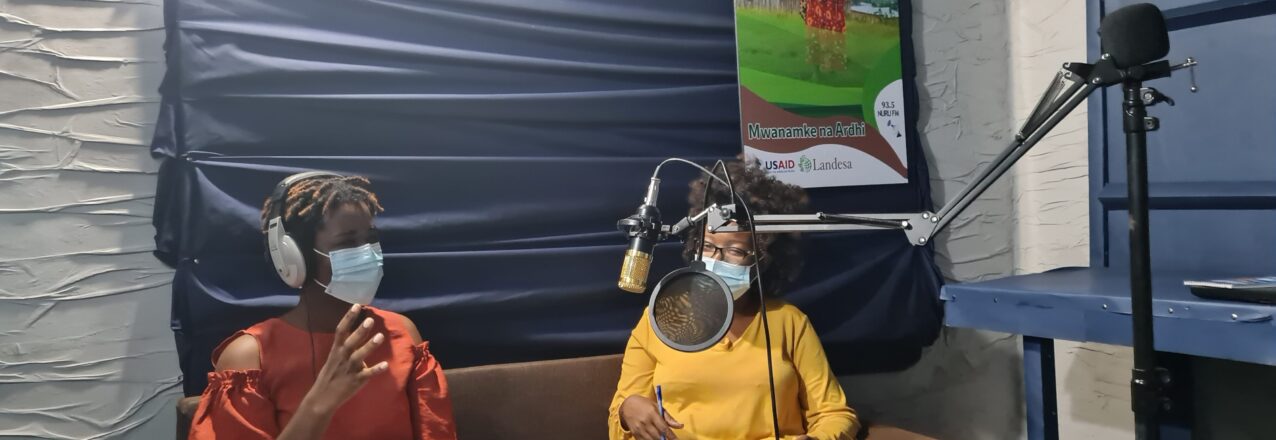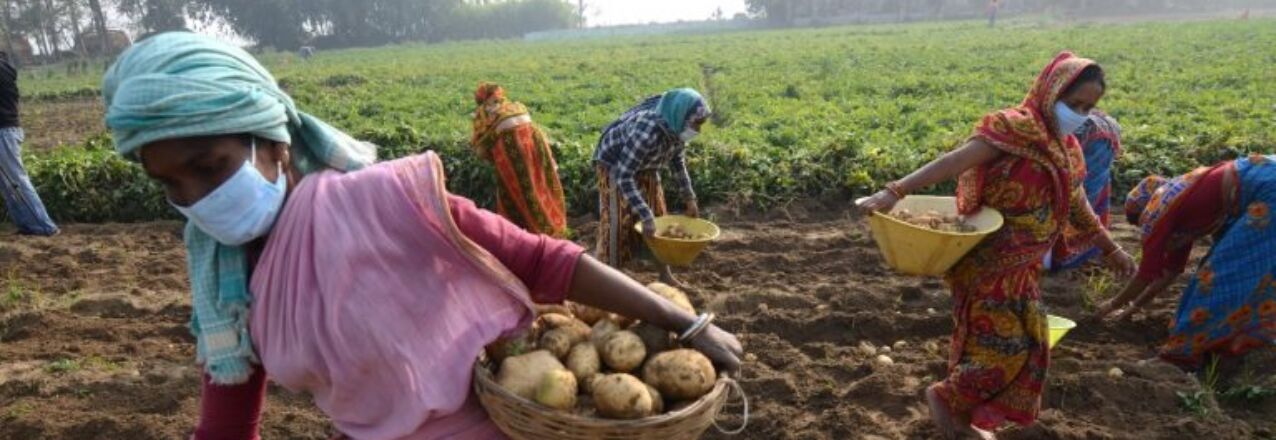A USAID partnership with agriculture company Grupo Madal is improving productive land use and providing new economic opportunities
By: Thais Bessa, Gender Advisor, USAID Integrated Land and Resource Governance (ILRG) program
Joana Albrinho Ajudante and her neighbors started growing rice, sweet potatoes, and cassava on land that is owned by the Mozambican agricultural commodity producer Grupo Madal in 2017. Her small plot (0.06 hectares or 1/7 of an acre), which was not being used by the company, provided enough food for her family, but due to its small size and insecure land arrangement, she never had the opportunity to expand and earn enough income to help support her husband and three children.
Rather than evicting the farmers who had encroached upon its lands in the province of Zambézia, Grupo Madal is partnering with USAID to create a program that allows 1,300 farmers from adjacent communities to farm 1,000 hectares of the company’s land. With USAID’s support, Grupo Madal is also piloting a program that will allow another 2,000 people from 14 communities adjacent to Grupo Madal’s farms to become contract farmers and produce cash crops on their own land. In addition to the right to use the land, the programs provide inputs, extension services, and guaranteed market for cash crops, ensuring that land, which was formerly unused, is now productive and generating income for farming families and the company.
In many rural communities in Mozambique, women often face restrictive gender roles, unequal decision-making power, and limited access to resources such as financing and land. Ownership and control over assets are central to women’s economic empowerment and their ability to contribute to local, national, and global economies. For many women, the most valuable of these assets are the land and natural resources from which they earn a living, provide for their families, and invest in their communities. Evidence suggests that strengthening women’s land and resource rights can have a positive impact on their bargaining power and decision-making, particularly around important household-level decisions such as expenditures for children’s health and education and intergenerational transfers, including inheritance.
As a part of USAID’s priority on women’s economic empowerment, the USAID Integrated Land and Resource Governance (ILRG) program is supporting Grupo Madal to integrate a strong focus on gender equality, social inclusion, and women’s empowerment in land allocation policies and procedures and in how the company engages with smallholder farmers. More than 85 percent of the 3,300 farmers participating in the ingrower and outgrower programs are women. Gender-responsive extension support is giving these smallholder farmers the assistance and confidence that optimizes results for them and the company.
Under the USAID and Grupo Madal partnership, Joana has secured the use of a half hectare plot of land (1.25 acre), and she is eager to increase production, earn more income, support her family, and invest in other productive endeavors. “I am waiting to sign the contract with the company to start producing on the land. With the money I will get from sales, I will also be able to buy cowpeas from other producers and sell them to Madal as a way to create another business,” she said. Farmers like Joana are producing coconuts, beans, and other commodities to be sold to Grupo Madal, while also growing subsistence crops for their families, increasing food security in the rural communities.
Advancing women’s decision-making opportunities
ILRG is also supporting Grupo Madal’s plan to expand their network of community extension facilitators to better reach, benefit, and empower the new farmers. In February 2021, using an open and transparent process, Grupo Madal recruited seven community members, four women and three men, with farming experience and communication skills to reinforce the work of the company’s extension officers and increase engagement within their communities. Joana was selected to be one of the facilitators.
Most Grupo Madal extension agents are men, and having women engaged as community facilitators has improved the company’s ability to reach women farmers. This community-based extension model promotes women’s empowerment, as it inspires other women by increasing not only technical skills, but also their self-esteem and confidence. Together with the other extension agents and community facilitators, Joana participated in a training focused on addressing harmful gender norms, gender-based violence, and how to approach extension services in a gender-responsive way.
Every day, Joana improves her farming skills and builds upon her decade of farming experience. By joining the extension network, she has increased her knowledge about gender issues, human rights, and social norms. Her extensive knowledge of local customs, traditions, and language allows Joana to share information with communities in a relaxed and informal way. Community members see Joana as a trustworthy friend, neighbor, and more and more as a successful farmer.


